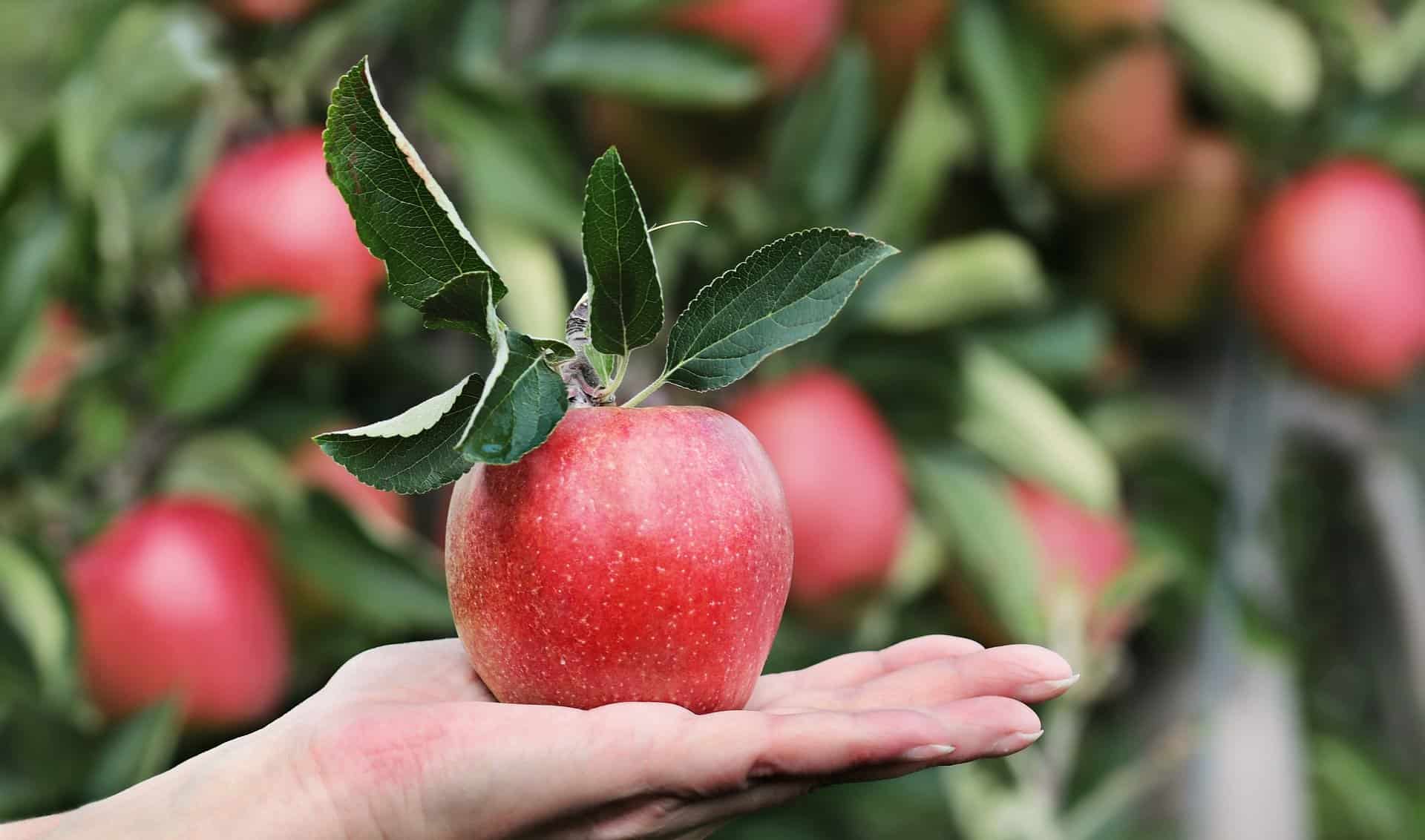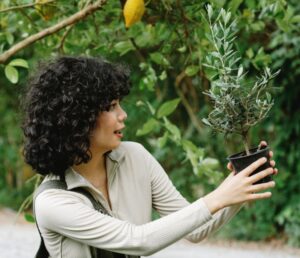Whether you’re aiming to fill a basket with fruit for baking, snacking, or juicing, these tips will help you make the most of your apple picking outing. So grab your reusable bags, gather your friends and family, and get ready to embark on a delightful journey through the apple orchard!
Apple Picking Season Is Short
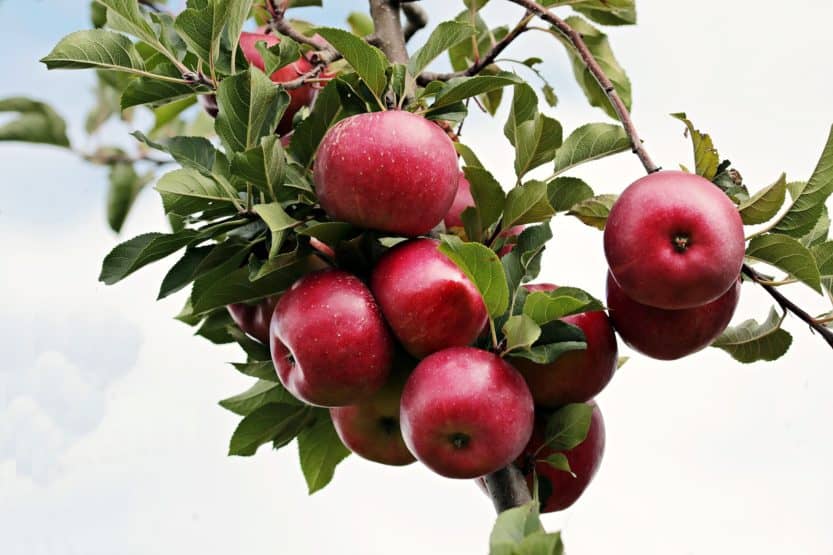
Apple picking season typically spans from late summer to early fall, depending on the variety of apples and regional climate conditions. This brief window means that timing is critical for those eager to enjoy the freshest fruit. The peak season usually occurs from late August to early October, but the specific timing can vary. Researching your local orchards can provide insight into when different apple varieties reach their peak ripeness.
Understanding the optimal time for apple picking is essential not just for the quality of fruit you’ll gather but also for maximizing your experience at the orchard. Many farms host events during the season, offering additional activities like hayrides, corn mazes, and cider tastings that complement your apple-picking adventure. Keep an eye on the orchard’s website or social media for updates on apple ripening, as they often provide real-time information about the best days to visit. If you’re eager to get a variety of apples, consider visiting different farms throughout the season, as multiple orchards might have varying apple varieties maturing at different times.
Pick From The Outside In
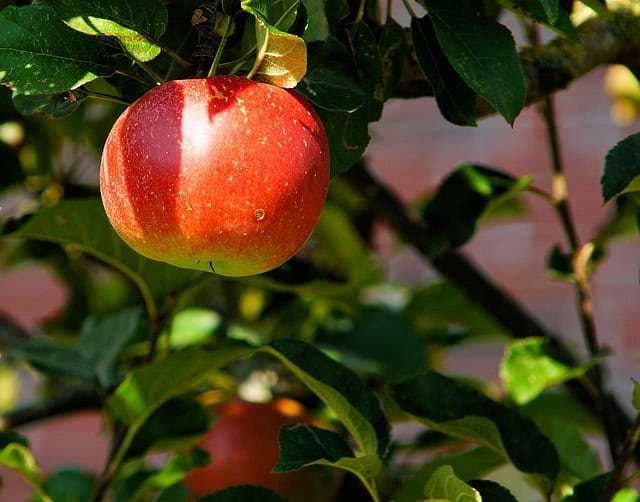
When navigating through rows of apple trees, a helpful insider tip is to pick apples from the outer branches first. Generally, trees bear larger and more accessible apples on the outer limbs since sunlight reaches these areas more effectively, ensuring the fruit develops fully. Additionally, apples that are on the outer branches are often easier to spot and have less competition with leaf cover, making them visually enticing and convenient to reach.
By starting your apple-picking journey on the outside, you not only maximize your yield but also protect the integrity of the apple tree. Picking from the outside in minimizes strain on the branches, allowing for an easier picking experience and preserving the health of the trees for years to come. Once you’ve gathered apples from the exterior, continue to search the inner branches for hidden gems—those apples may be less picked over and just as ripe, offering the opportunity for delightful discoveries!
Use A Gentle Tug
A frequent pitfall for novice apple pickers is a heavy-handed approach to collecting fruit, which can lead to bruising and potential damage to both the apples and the trees. To ensure you’re harvesting fruit effectively without causing harm, employ the technique of a gentle tug. When you’ve located an apple that catches your eye, grasp it firmly but lightly. Instead of yanking the apple forcefully from the branch, give it a gentle twist while lightly pulling downward.
This method allows the apple to separate from the tree cleanly, reducing the risk of damaging the stem or the apple itself. Moreover, taking care during the picking process reinforces responsible harvesting practices, ensuring that future crops remain vibrant and robust. As you fill your basket, do so with care; aim to avoid placing excessively heavy apples on top of tender ones to prevent bruising. By mastering the gentle tug and practicing cautious handling, you can not only enhance your own picking efficiency but also contribute to sustaining the orchard’s productivity for the next season.
Avoid The Ones On The Ground
A common mistake made by inexperienced apple pickers is getting tempted by the apples that have fallen to the ground. While it might seem convenient to gather these accessible fruits, this practice is generally discouraged for a few compelling reasons. Grounded apples can often be overripe or bruised, making them less enjoyable to eat than their tree-hanging counterparts. Moreover, fallen apples are more susceptible to pests and rot, which can compromise their flavor and texture.
When picking at an orchard, look for signs of decay or damage on any fruit that has made it to the ground. While some orchards may allow you to collect fallen apples for cooking or baking purposes—especially if they engage in sustainable practices—the best rule is to prioritize the fruit that is still clustered on the branches. Not only do these apples offer optimum taste, but they also reflect the orchard’s effort to maintain healthy trees. By focusing on the apples still hanging high, you’ll enjoy a superior product and support the cultivation of strong, healthy orchards for future seasons.
Don’t Shake The Apple Tree
The allure of reaching for those high-hanging apples can lead to a tempting but damaging impulse: shaking the apple tree. Although it may seem like an effective method to dislodge the perfect fruit, this practice can be harmful not just to the apples but to the tree itself. Shaking can stress the branches and roots, potentially resulting in breaks that could inhibit future growth and fruit production.
Instead of resorting to tree-shaking, use tools like apple-picking poles or even ask for assistance from orchard staff, who may have ladders or other equipment to help you reach those elusive apples. By maintaining a gentle touch and avoiding aggressive actions, you not only protect the health of the tree but also improve the longevity and quality of your picking experience. Respecting the orchard environment fosters a sense of stewardship and appreciation for the hard work that goes into maintaining these beautiful estates, ultimately enhancing your connection to the harvest.
Apple Varieties Have Their Own Seasons
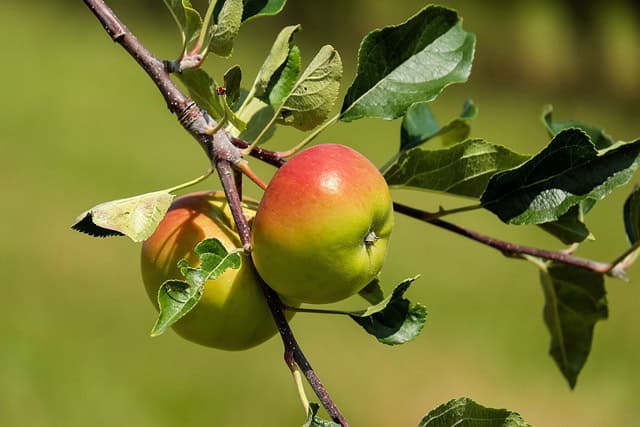
Not all apples ripen at the same time; each variety has its own unique harvesting season, which is essential information for any dedicated apple picker. For instance, early varieties such as Ginger Golds may be ready for picking as early as late August, while other beloved types like Fuji or Honeycrisp may not be ready until late September or even early October. Understanding these timelines allows you to plan your apple-picking outings strategically, ensuring you’re at the orchard at the peak of each apple’s flavor profile.
Additionally, different apple varieties are known for different uses, so picking the right ones at the right time can vastly enhance your culinary experiences. Consider baking with tart varieties like Granny Smith, while enjoying the sweeter options like Macintosh for fresh eating or caramel apple treats. Visiting an orchard that offers a variety of apples allows you to sample the spectrum of flavors available, making each visit an exciting exploration of taste. To truly enhance your apple-picking escapade, ask the staff about the apples that will be in season at the time of your visit, which can provide an excellent opportunity to try new flavors and discover your new favorites.
Arming yourself with this knowledge will not only shape a more rewarding apple-picking experience but also deepen your appreciation for the diversity of apples available, ensuring you know exactly when to return for a fulfilling harvest. Happy picking as you enhance your apple knowledge!
Bring Reusable Bags
When gearing up for a day at the orchard, one of the most practical things you can do is to bring reusable bags. Not only is this an environmentally friendly choice, but it also has several practical advantages compared to using the traditional plastic bags often provided by orchards. Reusable bags tend to be sturdier, ensuring that your apples maintain their integrity during transport. You can avoid the risk of bruising or squishing your hard-earned harvest by selecting a bag that provides ample space and support.
Additionally, using reusable bags promotes sustainability, which is increasingly important in today’s eco-conscious world. Many orchards encourage this practice by offering discounts or incentives for customers who bring their own bags. It’s also beneficial to have different bags for various apple varieties, particularly if you’re picking several types. Using separate bags helps maintain the integrity of each type and prevents the flavors from mingling—a small but thoughtful touch for recipes you may want to try when you get home. Make sure that your bags are clean, easy to carry, and sufficiently breathable, allowing for air circulation to keep your apples fresh on the journey back.
Different Apples Are Best For Different Recipes
One of the joys of apple picking is discovering the myriad of apple varieties available and understanding their culinary characteristics. Not all apples are created equal when it comes to taste and texture, and knowing which apple pairs best with your intended recipe can elevate your culinary creations. For instance, tart apples like Granny Smith are fantastic when used in pies, as their firm texture holds up well during baking and balances the sweetness of additional ingredients.
On the other hand, apples with a sweeter profile, such as Fuji or Gala, shine when eaten raw and make delightful additions to salads or cheese platters. Apples like Honeycrisp offer a perfect blend of sweetness and tartness and can do well in both raw and cooked dishes. By familiarizing yourself with these attributes while at the orchard, you can select the best apples tailored to suit your needs. Don’t hesitate to ask orchard staff for recommendations or even look for recipe cards or signs around the orchard that highlight the best uses for specific apple varieties.
By considering how different types of apples will serve you in the kitchen, you not only create an enjoyable picking experience but also reduce food waste by ensuring you’re selecting apples you’ll love to consume.
Know Your Apple Trees
A rewarding apple-picking experience goes beyond just the act of gathering fruit; it also requires understanding the types of apple trees you are interacting with. Each apple variety grows on its own unique tree type, which can impact the size, structure, and health of the apples you are picking. Familiarizing yourself with common apple trees, like the dwarf varieties often planted in orchards, provides insight into how and where the apples grow.
For example, dwarf apple trees are celebrated for their lower height, making it easier for pickers of all ages to reach the fruit. This tree type also produces fruit earlier than standard-size apple trees, offering a perfect option for families or novice pickers. Additionally, knowing your apple trees can help you appreciate factors such as grafting and cross-pollination, which contribute to the diversity of apple varieties. If you encounter older trees, their larger limbs may house older varieties that may not necessarily be commercially available; these apples can carry rich histories and tastes worth exploring.
By taking a moment to learn about the trees that produce your harvest, you not only deepen your understanding of the apple-picking process but also cultivate an appreciation for the dedication that goes into maintaining these trees. Understanding the dynamic relationships between soil, tree care, and variety will undoubtedly enhance the joy of each bite from the bounty of your day spent in the orchard. Happy picking, and may your knowledge enrich your harvest!
Find A Local Orchard
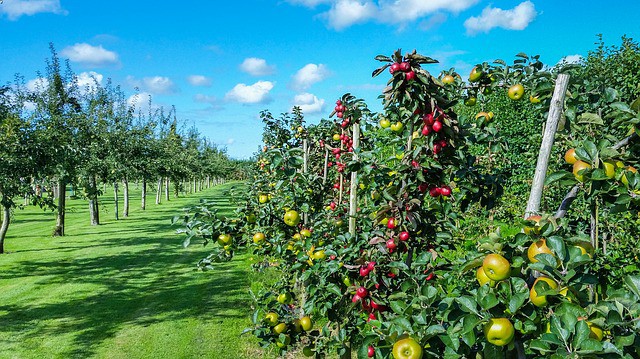
Before embarking on your apple-picking adventure, finding a local orchard should be at the top of your to-do list. Local orchards often provide a unique experience that larger commercial farms may not be able to replicate, including a chance to connect with the farmer or family that operates the land. Utilizing local resources like farmer’s markets, community boards, or online directories can help you uncover gems in your area that you might not have known existed.
Visiting a local orchard also supports community business and sustainability efforts. Small farms tend to prioritize organic practices and heirloom varieties, allowing you to taste apples that might not be available in grocery stores. Moreover, many local orchards have a strong commitment to preserving agricultural traditions, and you might find that they host events related to apple education, like cider-making workshops or seasonal festivals. Engaging with the local apple-growing community can enhance your overall apple-picking experience, leaving you with not just great apples but also new connections and memories.
Pick Based On Orchard Recommendation
Once you arrive at the orchard, don’t hesitate to seek advice from the staff regarding your picking choices. They are often passionate about their work and can guide you towards the apples that are at their peak ripeness during your visit. Many orchards have a signature selection or a standout variety that they pride themselves on, and the staff can provide insider tips on which types are best for eating, baking, or juicing.
In addition, staff members can inform you about any unique varieties that may be available for picking that day. This firsthand knowledge can make a significant difference in your picking success, enabling you to select apples that will best suit your taste preferences and culinary needs. It’s also a great opportunity to ask questions about the orchard’s methods, such as sustainable farming practices or heirloom varieties, allowing for a deeper understanding of where your food comes from. Relying on the recommendations from those who know the field can turn a simple apple-picking trip into an educational adventure.
Rely On Flavor, Not Color
While a bright red apple may catch your eye, it’s important to remember that color alone is not the best indicator of an apple’s ripeness or flavor. Many apple varieties do not develop the deep colors that might be expected, making it essential to focus on other signs when selecting apples. For instance, the tactile feel of the apple can give you clues about its readiness. A ripe apple should feel firm and slightly heavy for its size, with just enough give when gently pressed.
Additionally, the aroma of the apple is a crucial aspect of flavor; a ripe apple will often emit a sweet fragrance. As you browse, take the time to sniff the apples’ skins; this sensory cue can reveal much about the taste you can expect. Each variety has its own characteristics; for example, some green apples may be ripe and ready to harvest even when their skin appears very bright, while others may remain green despite being sweet and juicy.
By relying on flavor and scent over color, you will increase your chances of picking the most delicious apples available. This approach not only enhances your picking experience but also ensures that you return home with a bounty of flavors that will delight your palate, whether you’re snacking, baking, or sharing with friends and family. Enjoy the adventure of exploring taste over visual appeal, and let your senses lead you to an outstanding harvest!
Keep Harvested Apples Cool
After you’re finished picking, how you handle your freshly harvested apples can significantly impact their quality and longevity. It’s essential to keep your apples cool as rapidly as possible after harvesting to slow down the natural ripening process and prevent spoilage. Apples respond best to cool temperatures, so storing them in a cooler or insulated bag while you finish your visit to the orchard can help maintain their crispness.
If you’ve traveled a long distance to pick apples, consider bringing a cooler filled with ice packs or chilled water bottles. This strategy can be very effective, especially on warm days when the heat can hasten deterioration. Once you’re home, store your apples in a cool, dark place such as a basement or a refrigerator to extend their shelf life. For most varieties, the crisper drawer in your fridge is ideal, as it maintains a slightly higher humidity level, which slows down moisture loss and keeps your apples fresh longer.
Furthermore, if you’re mixing different varieties in your storage, it’s wise to keep them separate. Some apple types produce ethylene gas as they ripen, which can speed up the deterioration of nearby apples. By adhering to these simple guidelines, you’ll greatly enhance your apple-picking experience, ensuring that the fruits of your labor remain delicious and firm for days to come.
Apple Picking Tips FAQ
As you prepare for your excursion into the world of apple picking, you might have questions about the best practices, the available varieties, and what to expect during your visit. To simplify your planning, we’ve compiled a list of frequently asked questions related to apple picking:
1. When is the best time to go apple picking? The peak apple-picking season typically spans from late August through early October, but specific varieties are ready at different times. Check your local orchard’s website or contact them to find out when your favorite types are in season.
2. Can you pick any apples from any tree? While most orchards allow pickers to gather apples from designated areas, some may have restrictions on certain trees to safeguard particular varieties. Always ask orchard staff for guidance.
3. What should I wear when going apple picking? Comfortable clothing and shoes are key. Expect to navigate uneven grounds and potential mud, so wearing layers and sturdy footwear is advisable. Also, consider a hat and sunscreen for sun protection.
4. Is it necessary to bring anything special for apple picking? Besides reusable bags, it can be helpful to bring a water bottle to stay hydrated, as well as sun protection and a camera to capture memories.
5. How should I choose apples when picking? Look for apples that feel firm and have a subtle fragrance. As mentioned earlier, focusing on taste rather than just color will help ensure you pick the best fruit available.


